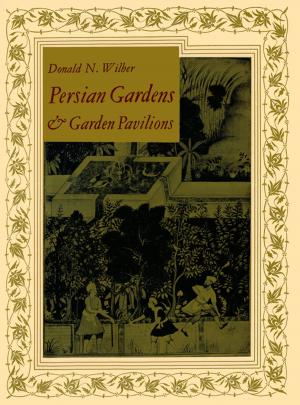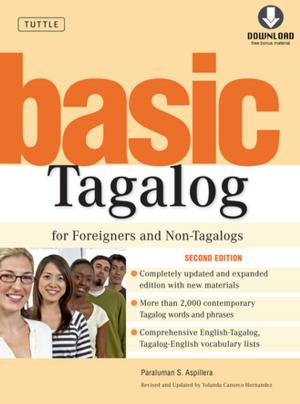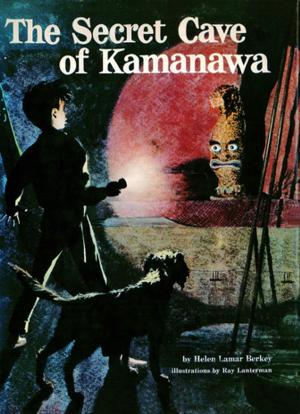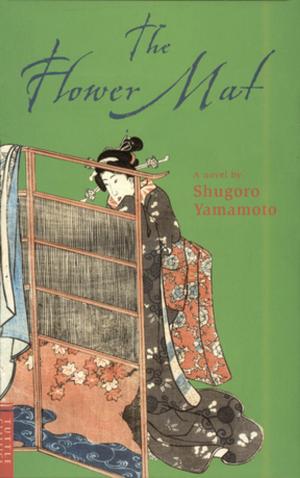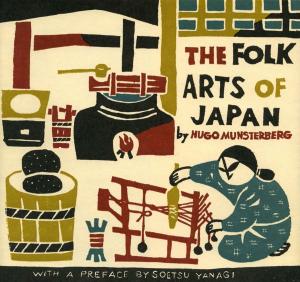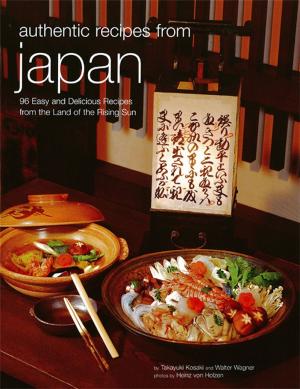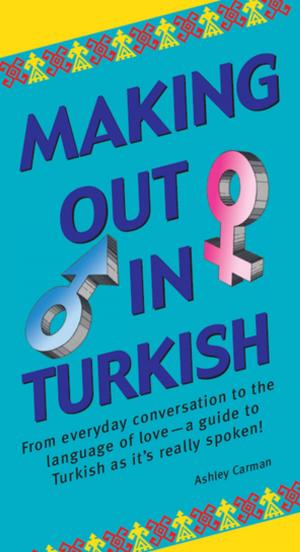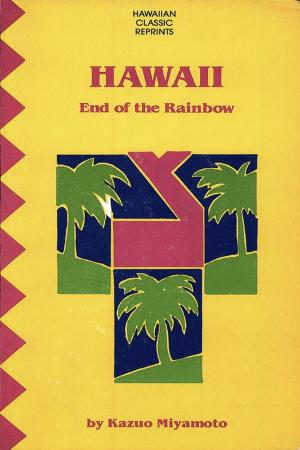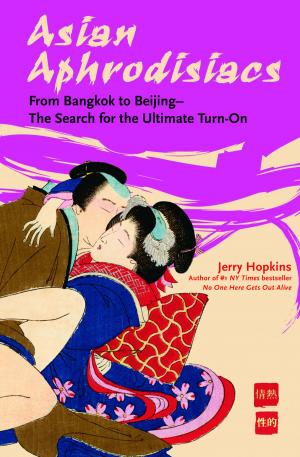Nihongi
Chronicles of Japan from the Earliest of Times to A.D. 697
Nonfiction, History, Asian, Japan, Ancient History, Social & Cultural Studies, Social Science, Anthropology| Author: | ISBN: | 9781462900374 | |
| Publisher: | Tuttle Publishing | Publication: | July 12, 2011 |
| Imprint: | Tuttle Publishing | Language: | English |
| Author: | |
| ISBN: | 9781462900374 |
| Publisher: | Tuttle Publishing |
| Publication: | July 12, 2011 |
| Imprint: | Tuttle Publishing |
| Language: | English |
Nihongi: Chronicles of Japan from the Earliest Times to A.D. 697, often called the Nihonshoki, is one of Japan's great classics of literature. Regarded as one of the seminal original authorities on the mythology and ancient history of Japan, it remains as fresh today as when it was written in the eighth century. It provides a vivid picture of a nation in formation.
In the Nihongi, we see the growth of national awareness following the assimilation of Buddhism and the general Chinese and Indian influence on Japanese culture. Before its history stretch the mysterious archaeological ages of Jomon and Yayoi. From the first chapter, The Age of the Gods,” the fantastic world of ancient Japan is laid before us. Ritual myth and superstition meet with bare feet and folk custom. Strong emotions and conflict are seen surging in Japan’s antiquity. Few historical documents are as human” as the Nihongi. For a thousand years, emperors, scholars, courtiers, and imperial historians have found in the Nihongi knowledge and guidance. It remains a key to early Japan, a gateway to the actual old Japan.
The translator of the Nihongi, William George Aston, pioneered the translation of Japanese into English.
Nihongi: Chronicles of Japan from the Earliest Times to A.D. 697, often called the Nihonshoki, is one of Japan's great classics of literature. Regarded as one of the seminal original authorities on the mythology and ancient history of Japan, it remains as fresh today as when it was written in the eighth century. It provides a vivid picture of a nation in formation.
In the Nihongi, we see the growth of national awareness following the assimilation of Buddhism and the general Chinese and Indian influence on Japanese culture. Before its history stretch the mysterious archaeological ages of Jomon and Yayoi. From the first chapter, The Age of the Gods,” the fantastic world of ancient Japan is laid before us. Ritual myth and superstition meet with bare feet and folk custom. Strong emotions and conflict are seen surging in Japan’s antiquity. Few historical documents are as human” as the Nihongi. For a thousand years, emperors, scholars, courtiers, and imperial historians have found in the Nihongi knowledge and guidance. It remains a key to early Japan, a gateway to the actual old Japan.
The translator of the Nihongi, William George Aston, pioneered the translation of Japanese into English.


